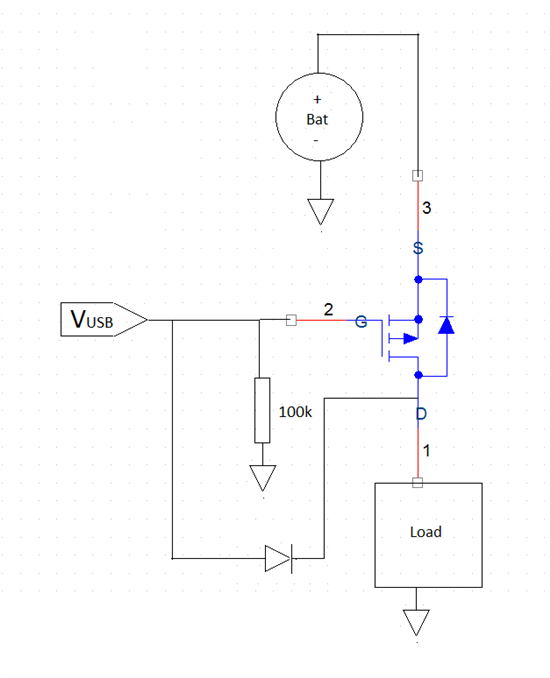Hi all,
normally my module is running from 3V battery (CR2032).
When it's connected to USB, can I use USB Vin (with regulator to drop down to 3V), to connect it DVDD_USB pin and all other VDD pins will be connected to the battery?
I would like to save power when it's connected to USB.
Thanks
Keni


